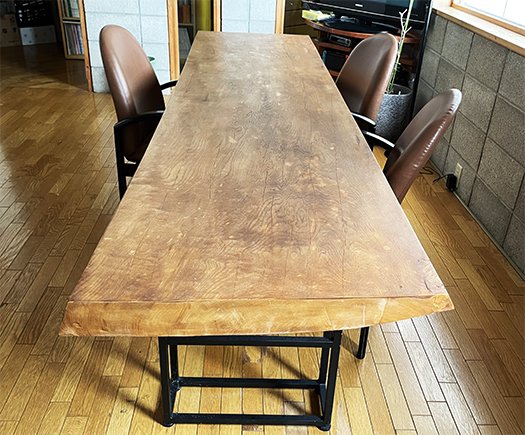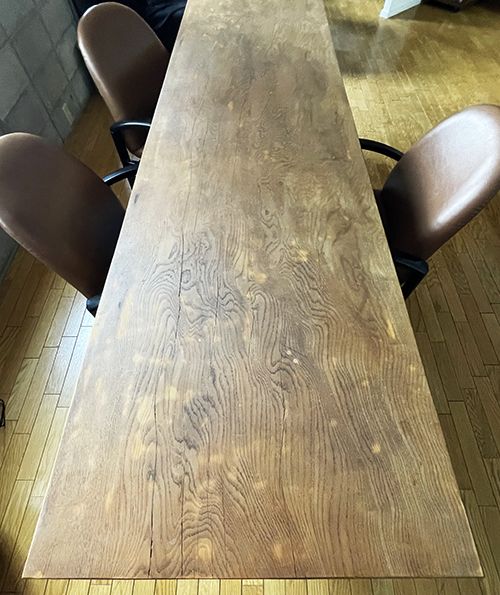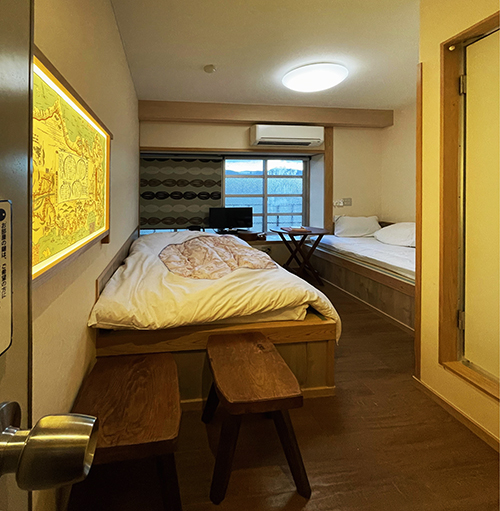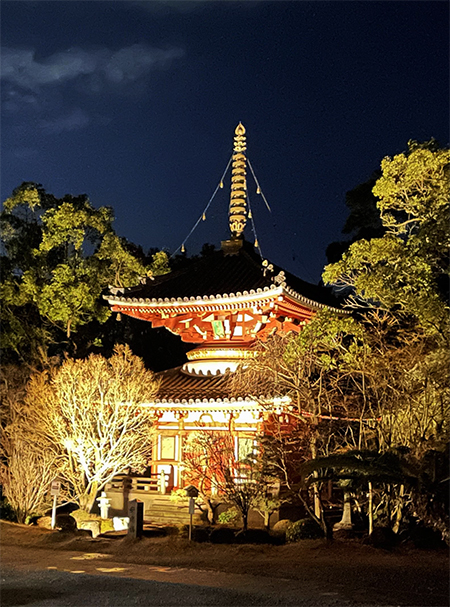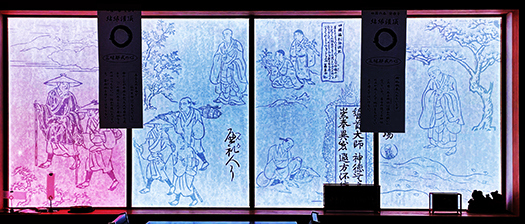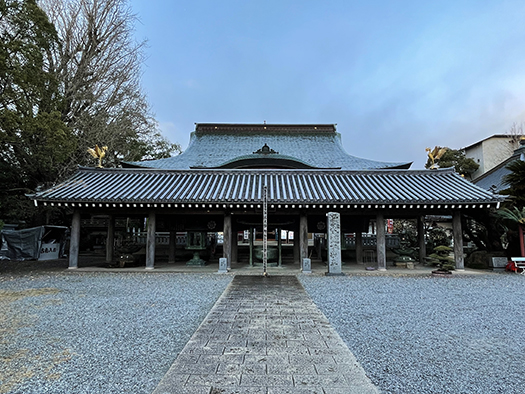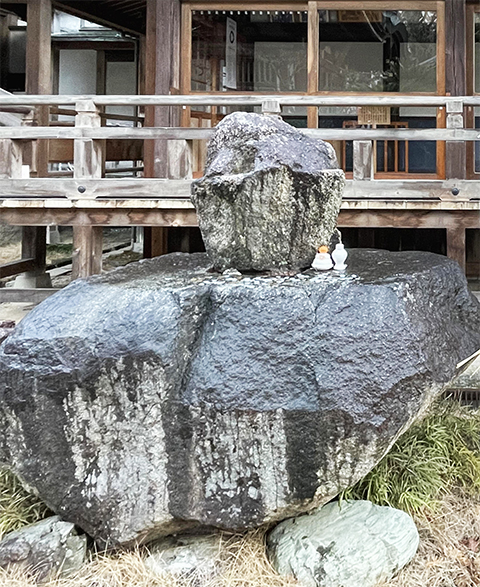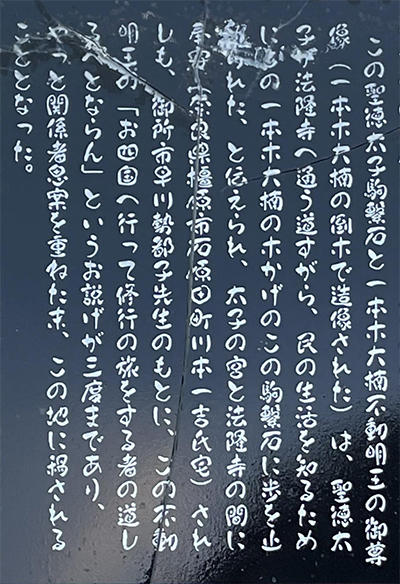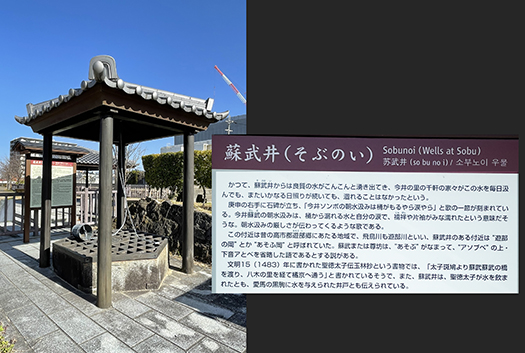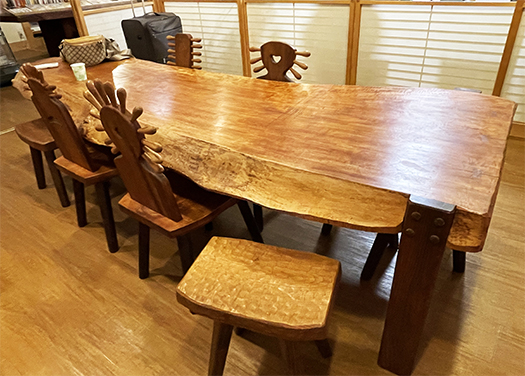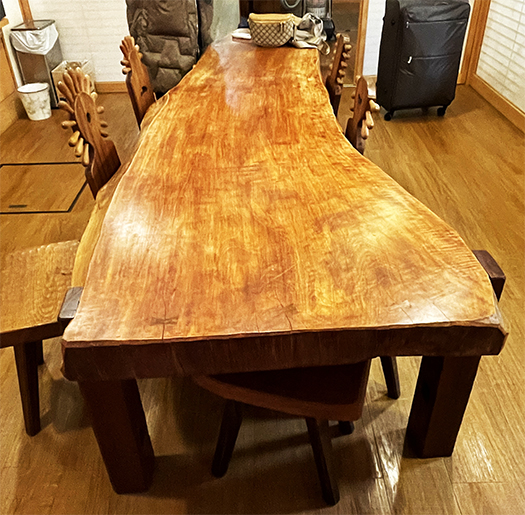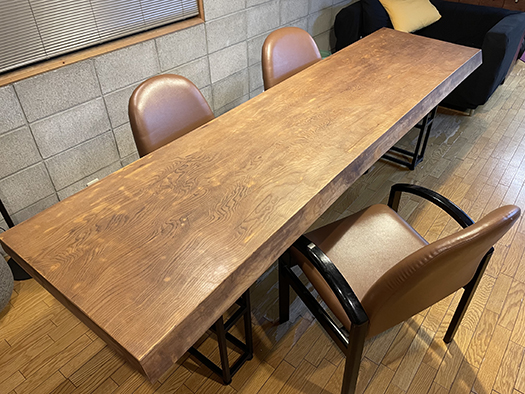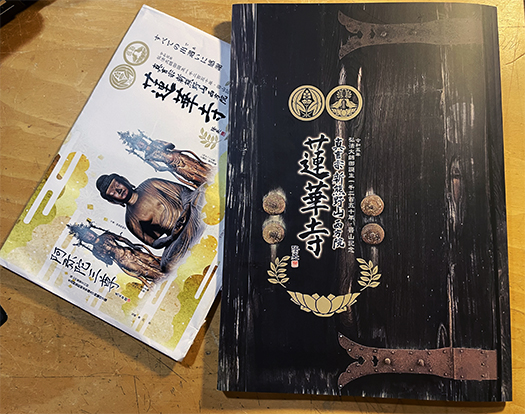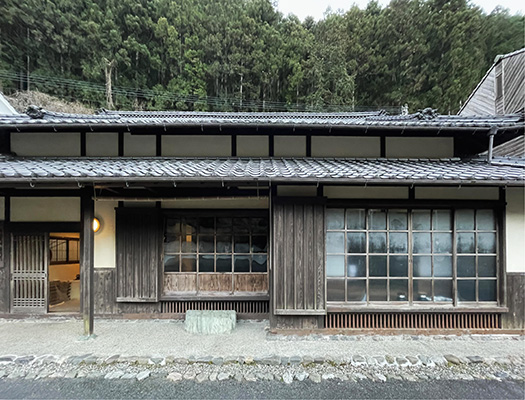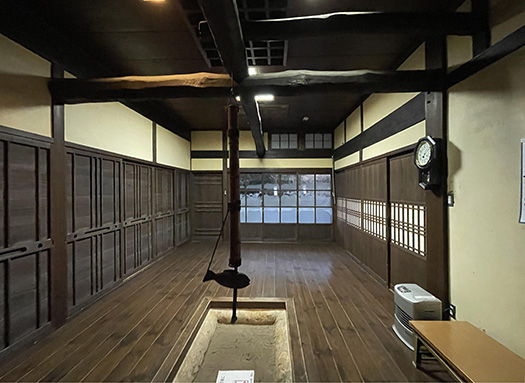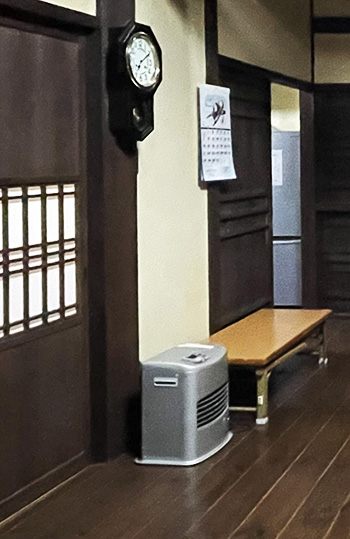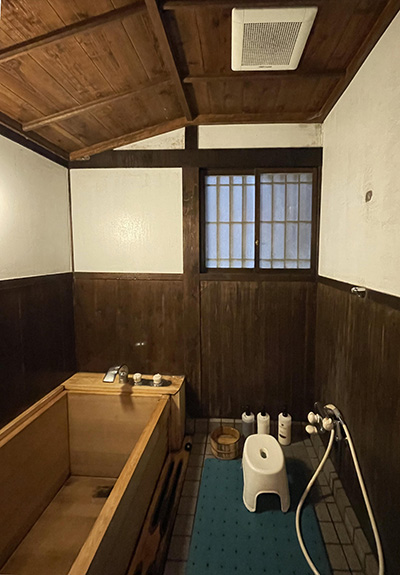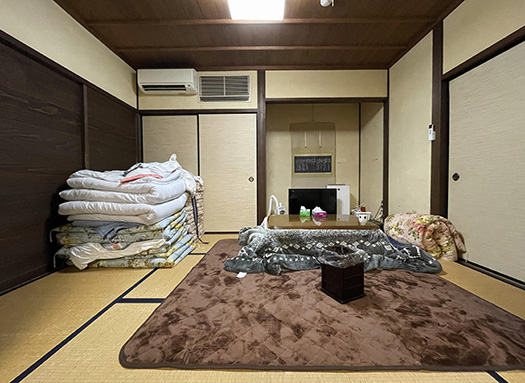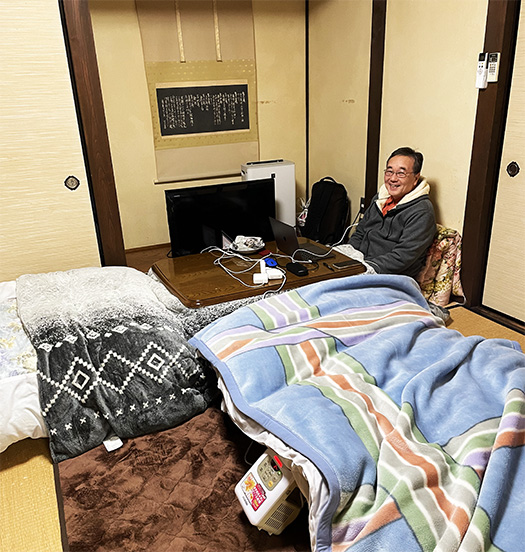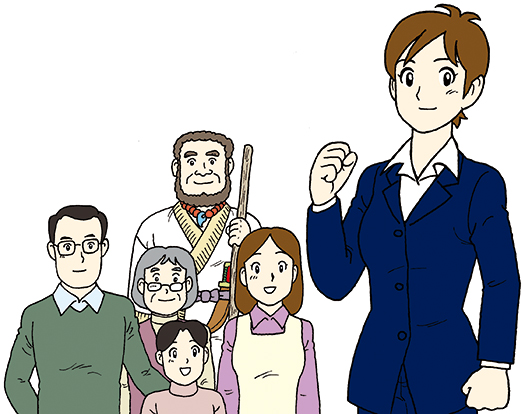
気持ちと年齢の関係にはあまり相関関係はないのだろうか(笑)。
環境が変わってきて、本来であれば徐々にフェイドアウトという状況なのですが、一方で「組織管理者」という束縛から徐々に自由になってきて、まったく新しい「創作意欲」みたいなものが盛り上がってくる。
たまたま過去に原作者・脚本家・プロデューサーとして創作した作品についてその「再創造」みたいなプロジェクトが起動しつつある。そうするとあらたな関係構築の必要性が盛り上がってきて、それはそれなりに刺激してくれる。
で、ふと考えてみると、事業を興すということと、それを維持し存続させるということとは本質的に違うものだと言うことに今更ながら気付く。さらに自分の「数寄」はどうなのか、と自問させられる部分がある。自分事ながら興味深いと思っている。
年齢などには無関係に、新しい領域についていろいろ分析し、計画立案していくということ、そしてそれによって人脈の記憶が復元されていって、また別の刺激要素も加わってきて、一種の混沌としたカオスのような状況が惹起していく。
どうもそういう空気感に身を置いて自分の内奥から湧き上がってくるようなものに耳を傾けているというのがキライじゃないのだと思い至る(笑)。
人間の本然って、結局は最後までわからないのだろうけれど、やはり最後はどこまで「忘我」になれるのかどうか、と言うことなのではないだろうか。
先日も書いたけれど、江戸時代初頭の頃からの事跡がわかっている祖先の墓が保守されてきた寺院のご住職とコミュニケーションができてきて、ありがたいことになんとなく豊穣感を抱くことができるようになって来ている。なにか自分というものがある大きな流れの中にいて、一種「生かされている」と考えれば、ちょっと違う見方、考え方が生起してくるのですね。
そしてやはり加齢してくると、NEXTということに思いが至り、できる限りそういったことについても,できることはしておきたいと考えるものだという気付き。・・・なにやら禅問答(笑)みたいな展開ですが、腑に落ちる部分がある。
自分の数寄の本願地は、やはりクリエーティブということなのだと。
そういえば芥川龍之介が恋文を書いた九十九里の浜辺の草庵で、その佇まいに身を委ねている時間に強く惹かれ続けている自分がいます。巨大な「才能の格差」に打ちのめされつつ(笑)、でもめげずに、すこしづつ匍匐前進するというのが、自分の数寄なのかも。いまさら気付いても・・・ということではありますが、もう一回自由意志選択できる地点に立っている感覚からは、ごく自然な気分に戻れている気がしています。さてどうなるのかなぁ(笑)。
English version⬇
What is the substance of being creative?
While being struck down by the huge disparity in talent (laughs), the spatial experience at Akutagawa-so has remained deep in my heart. I feel a strong attachment to expressing these inner feelings. I am very much interested in expressing these inner feelings.
I wonder if there is much correlation between feelings and age (laughs).
The environment is changing, and the situation would normally be a gradual fade-out, but on the other hand, I am gradually freeing myself from the constraints of being an “organizational manager,” and something like a completely new “desire to create” is rising.
On the other hand, I am gradually freeing myself from the constraints of “organizational management,” and a whole new kind of “creative urge” is rising. This makes the need to build new relationships more exciting and stimulating in its own way.
And now that I think about it, I realize that starting a business is essentially different from maintaining and sustaining it. Furthermore, I find myself asking myself how my “sukiyomi” is doing. I find this interesting in spite of myself.
Regardless of my age, I am analyzing and making plans for new areas, and this restores the memory of my personal connections and adds another stimulating element, creating a kind of chaotic situation.
I came to realize that I am not averse to putting myself in that kind of atmosphere and listening to what seems to be welling up from deep within me (laughs).
I guess we will never know the true nature of human beings until the very end, but in the end, I guess it all comes down to whether or not we can be “self-forgetful” to any extent.
As I wrote the other day, I have been able to communicate with the priest of the temple where the graves of my ancestors, whose traces are known since the early Edo period, have been maintained, and thankfully, I am beginning to feel a sense of fertility. If you think of yourself as being part of a larger flow, a kind of “being kept alive,” then a slightly different way of looking at things and thinking about things arises.
And as we age, we come to think of the NEXT, and realize that we want to do what we can about it as much as possible. It is like a Zen question and answer, but it makes sense to me.
I realized that my main desire is to be creative.
Come to think of it, there is a part of me that continues to be strongly attracted to the time spent at the hermitage on the Kujukuri beach where Ryunosuke Akutagawa wrote his love letter and surrendered himself to its appearance. I am struck by the huge “talent gap” (laughs), but I am not discouraged and keep on creeping forward, little by little. I am not sure if it is too late to realize this, but I feel that I am back to a very natural mood from the feeling of standing at a point where I can make a free will choice once more. I wonder what will happen now (laughs).
Posted on 3月 7th, 2024 by 三木 奎吾
Filed under: 日本社会・文化研究 | No Comments »




